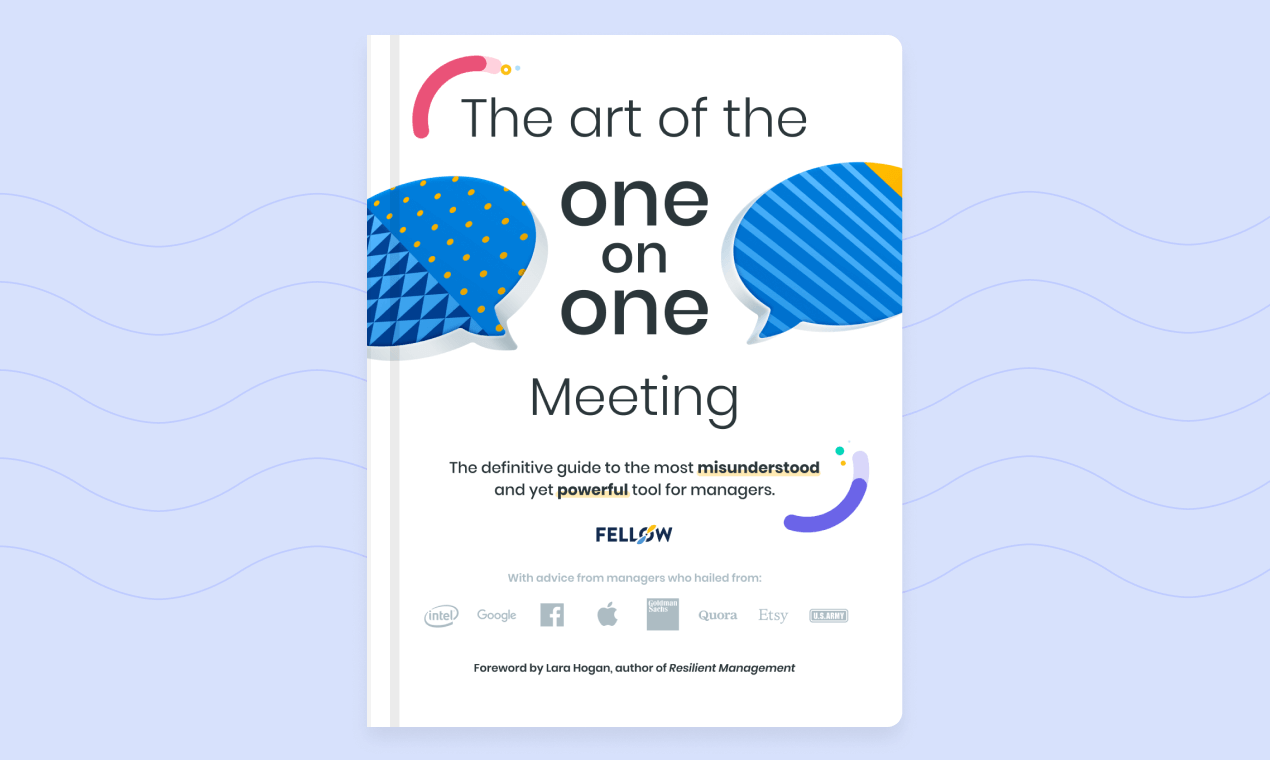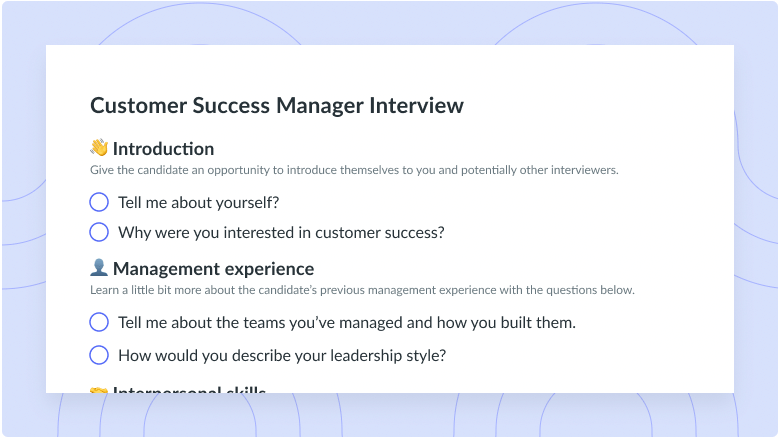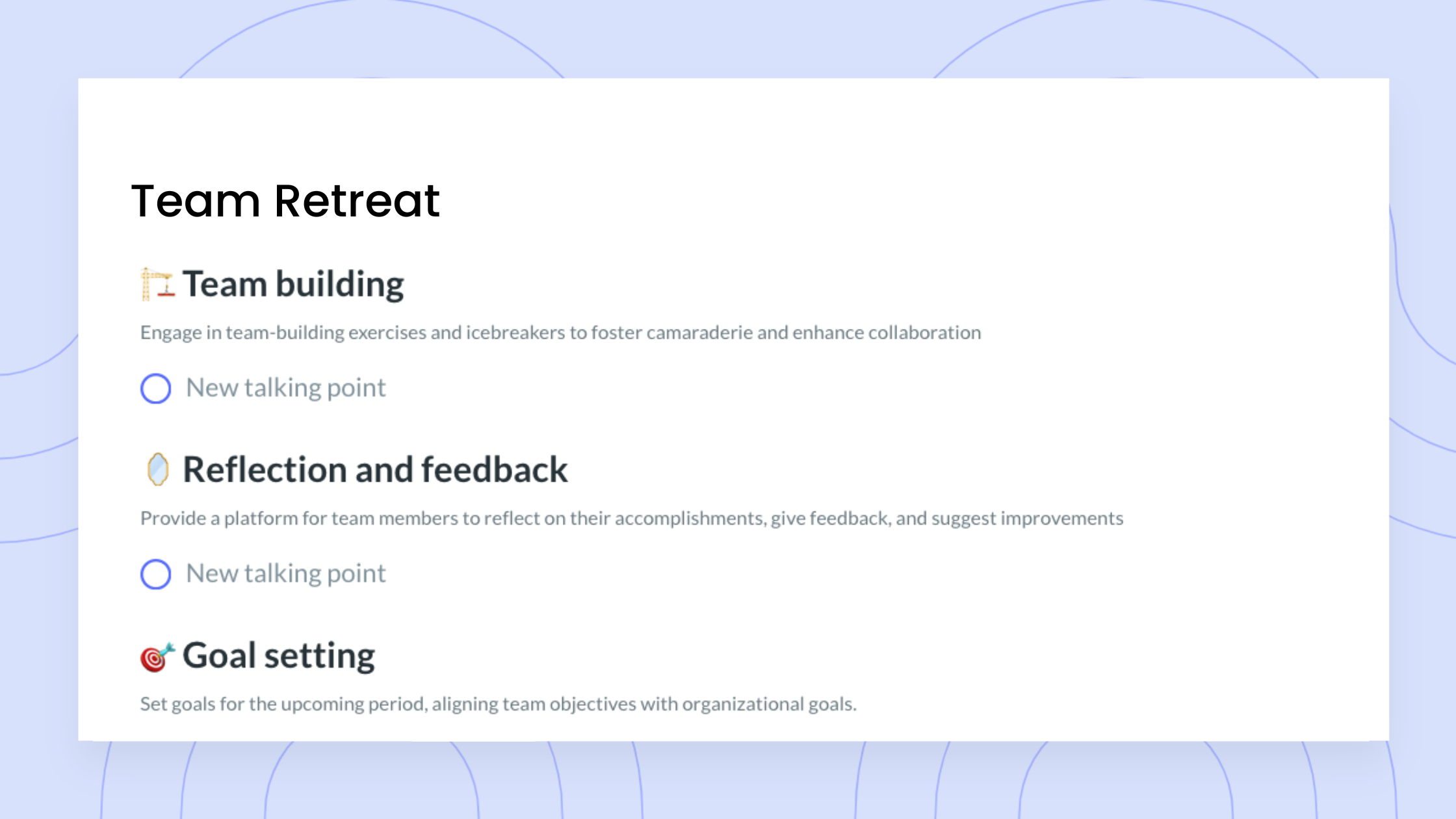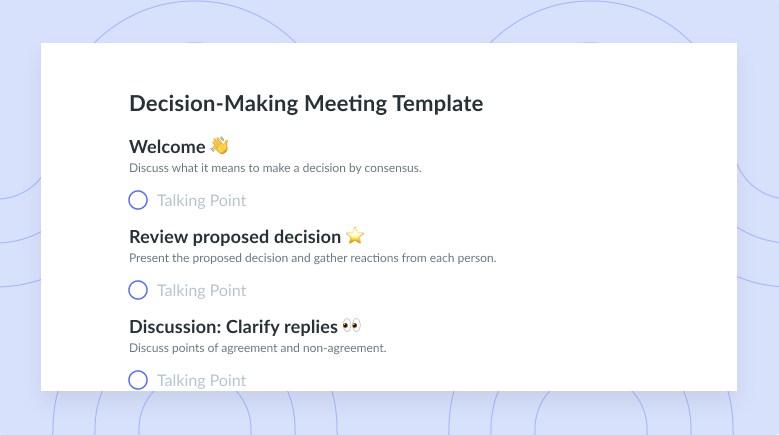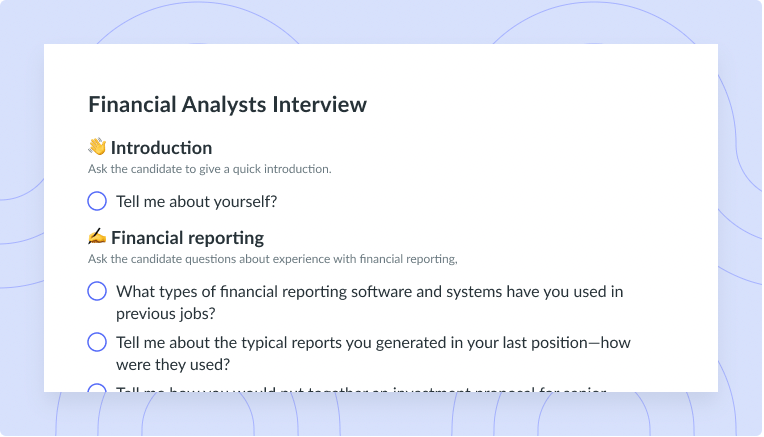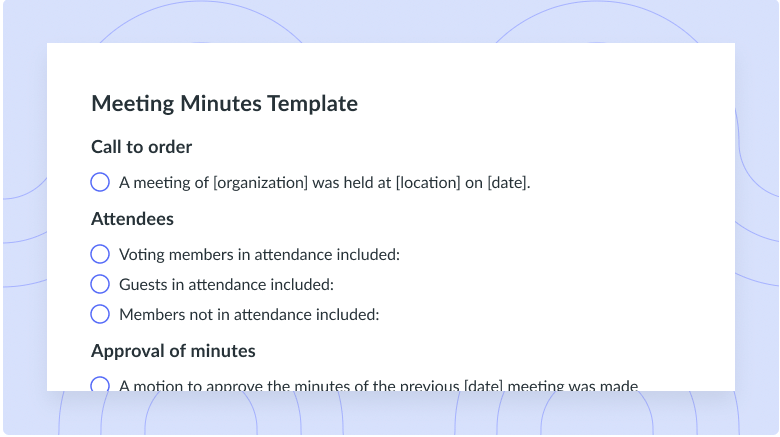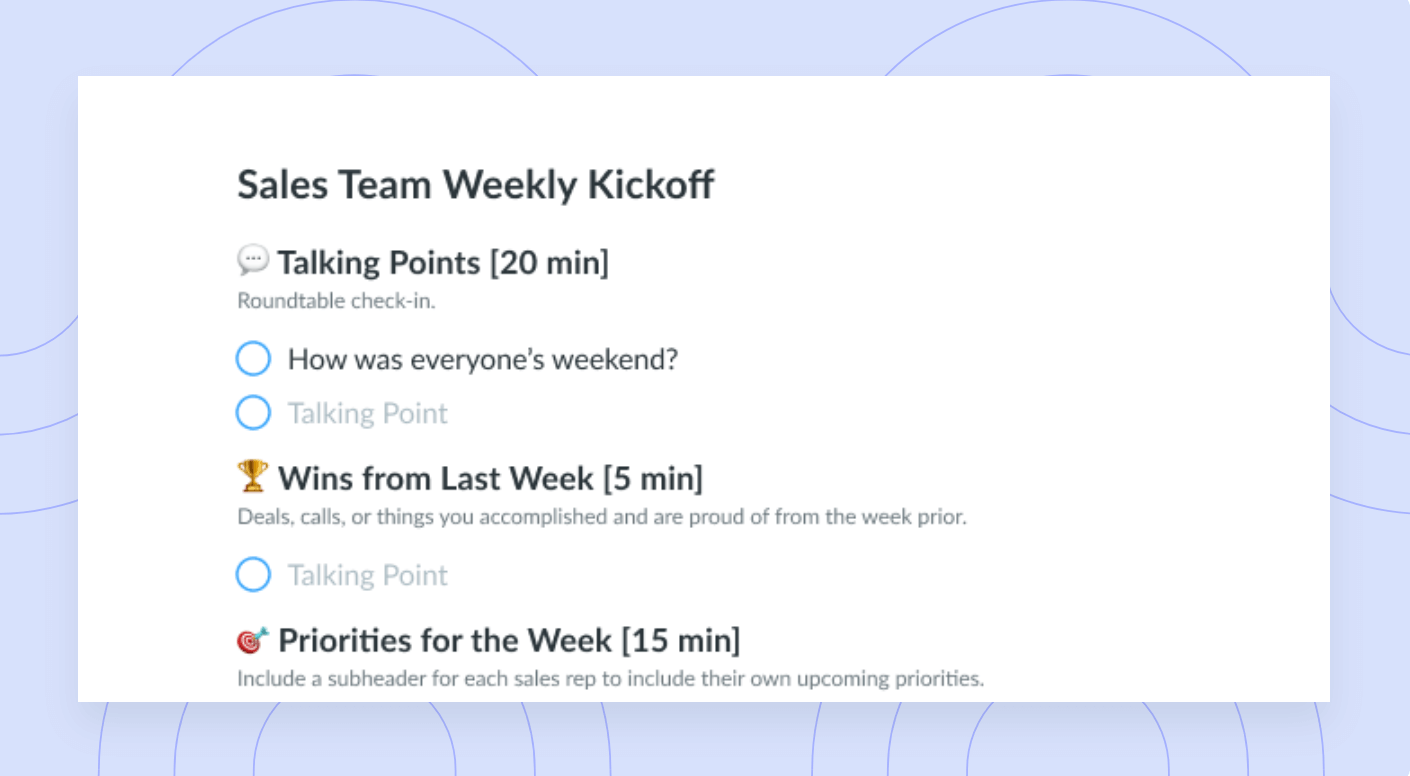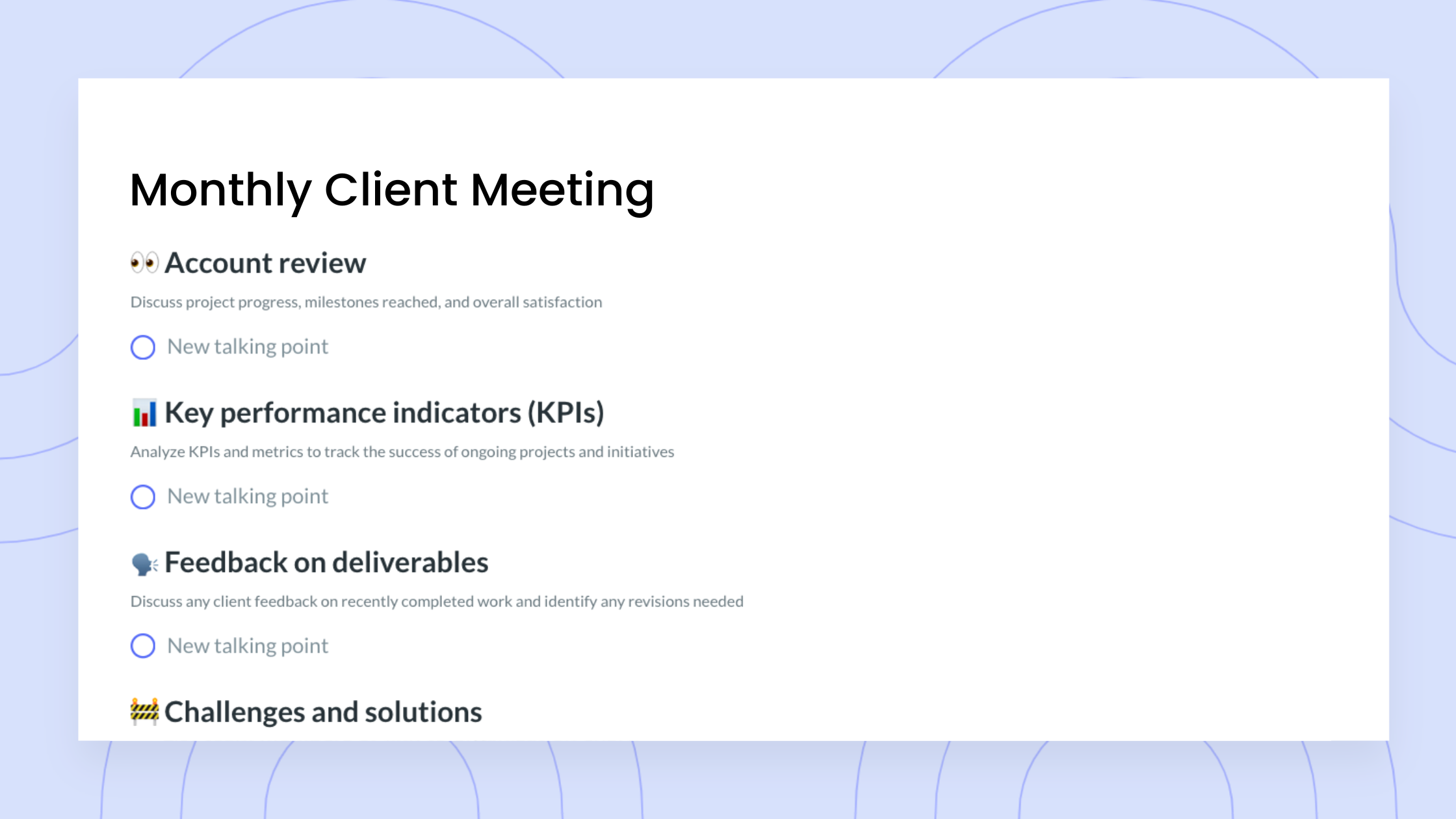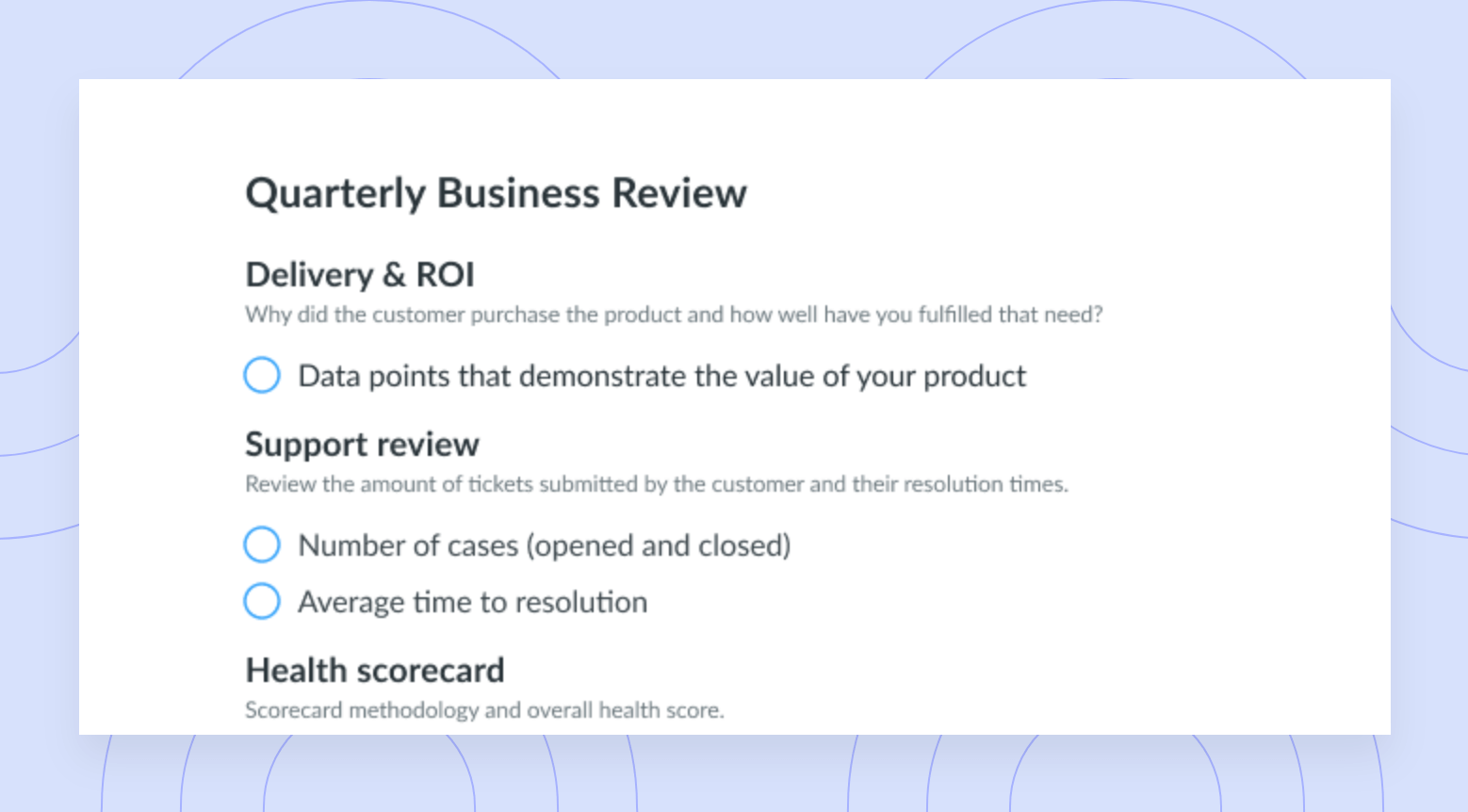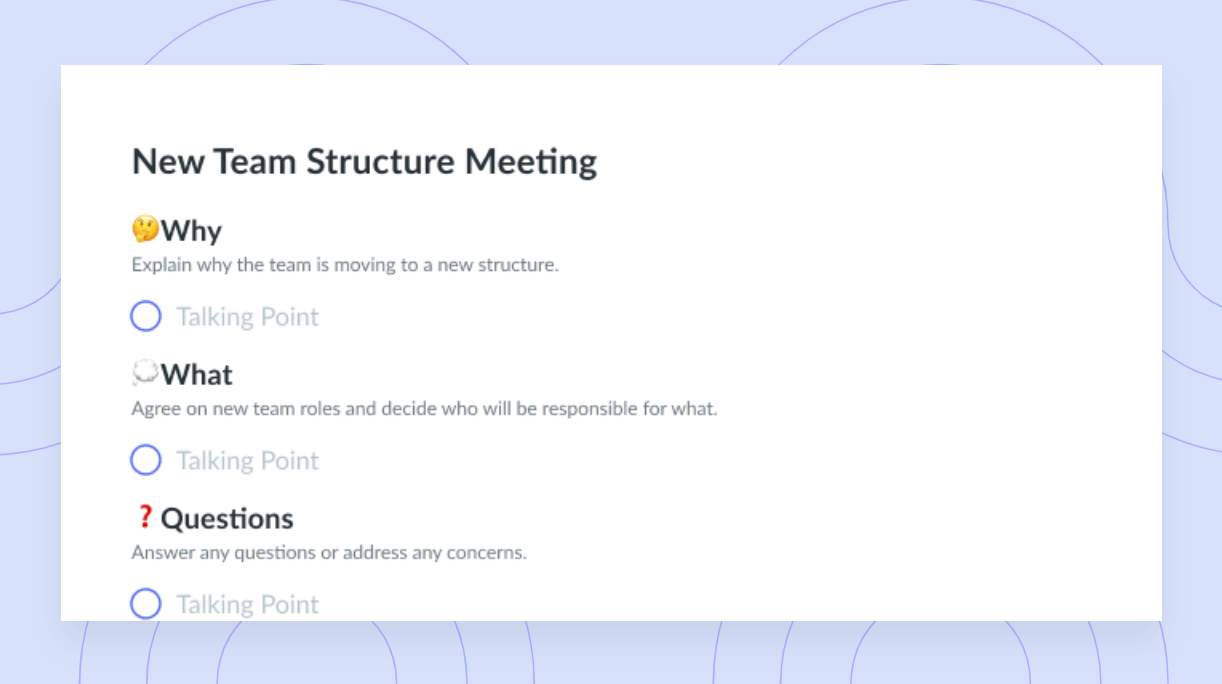Michael Lopp: Writing, Leadership, & Holding Meaningful Meetings
How best-selling author “Rands” structures significant meetings and teaches leaders to hone in on their intuition to draw more intuitive conclusions.
Michael is an experienced Vice President of Engineering with a demonstrated history of successfully and rapidly growing product engineering teams. In addition to being a published author, Michael is currently acting as an engineering leader at Apple. Prior to Apple, Michael held senior engineering roles at both Pinterest and Slack.
Listen to this episode (or read the transcript below) to learn more about Michaels incredible leadership journey.
1 Can you give us a high-level synopsis of your new book?
Managing humans was my first book and this is actually the third one and I actually just signed a contract to complete a fourth edition. The book takes a stab at distributed working and managing during a time of crisis. I really wanted to debunk the myth of leadership as being a higher calling because relevant humans can focus on the tactics of leadership. I think it’s done so well because it’s approachable. It all started in 2007 and it’s being refreshed which keeps it relevant.
The Art of Leadership: Small Things Done is my new book that focuses on about 30 practical things that I think you should do 1000 times in a row because doing so will teach you some interesting things about yourself, your team, respect, and trust. It’s the same tone as the other Rands books but I really wanted to focus on the 30 things.
2 Have you ever noticed a manager that comes with their own guide?
Managers at my old company did it well and we often shared our guides. It was interesting to see other people’s approaches and learn how they were doing it. It’s also interesting to be able to read a reflection of the person and see how they interpret writing a guide on how they work in a different way. It’s also a great way to capture who you are as a leader.
3 Why are one-on-ones important to you?
One-on-one meetings are really important to me and I don’t just want updates, I want things of substance and I want to be able to have a conversation about what’s going on. I usually have two or three things I focus on so it could be a debate or a discussion and if we don’t have anything to discuss I’ll fall back on conversation starters like your growth or the current disaster that I’m battling. Basically, just high bandwidth conversations that are strategic, not tactical. I can’t imagine having a more important weekly meeting with my team because these one-on-ones allow us both to grow.
4 Can you explain “The Twinge”?
It’s really abstract so it’s a difficult question to answer. In the most recent book, I call it “tasting the soup” and it’s basically the benefits that come with being a leader for several years. It’s essentially this amazing pattern matching thing your brain does that enables you to recognize when something seems off and understand what the implications are because of what has been said.
It’s essentially honing the ability to have intuition and inspiration in a certain scenario. Anytime that something doesn’t seem right to me, whether it’s super wrong or kind of wrong, I always ask clarifying questions because I’m trying to probe and get a sense for what’s going on.
5 You use the long pause as part of your tactical suite, can you expand on that?
I do a podcast called “The Important Things” and it’s just a friend and I talking about things that matter and we mention it there. In a world where there’s always talking, it’s a way to grab someone’s attention and change the narrative. It’s a really great way of captivating your audience and making sure that what you’re saying is resonating.
6 What’s the right cadence for a staff meeting?
Part of your job as a leader is setting the cadence of the organization. Different organizations vary but I like to follow a weekly cadence. I like to establish what everyone’s going to do for the present week and envision the week as a unit of work. We use the staff meeting to set the stage for what’s happening throughout the week and determine what matters. We hold it early in the week, so everyone knows if it’s a planning week or a bug fixing week and depending on what we choose, we set deliverables so everyone’s working on what matters.
These meetings are also an opportunity for anyone on the team to say, “I’d love to talk about this”. I publish my agenda in a collaborative document solution, and anyone can add whatever they want. Next to the one-on-ones, it’s the most important meeting of the week for me because it’s when the leadership team gets to come together and break bread.
7 Are your staff meetings generally free-flowing?
The agenda is a reverse linearity so it’s a stock that has everything in it from the beginning of time and anyone can add anything at any point. I was also the previous VP of Engineering at Slack, so we also use a Slack channel where we talk about things and get a sense of what needs to be talked about. Occasionally someone will ask someone to step up and cover a certain subject, but we try to stick to the meeting agenda for the most part.
It’s totally cool if we go off script and talk about something else but the agenda is always there to set expectations. We’ve all had those meetings with a boss where they just keep talking and we can’t tell if anything is useful or beneficial, so I want to respect everyone’s time and set clear expectations.
8 How do you detect teammates that may be bored and how do you solve the problem?
When you know the person, it’s very easy to detect when they’re bored because you recognize the change in behaviour. It could be a change in productivity, it could be something that’s going on at home or it could be that they’ve explored the problem they’re trying to solve or the space they’re working in and they now understand how it works and have a short attention span.
If I sense boredom, I go into red alert mode and may move them around or put them on another task. I won’t drop everything and make the entire team pivot but it’s important that you recognize what your employees need and act on it. As a leader, I’m responsible for my team’s growth so it’s important to act quickly. Your teammate will always tell you, it may not be direct, but they will always tell you. A lot of my job is fire prevention which means addressing an issue before it turns into a disaster.
9 Can you tell us about your leadership Slack channel?
There are about 13,000 people in the community. I like to see what channels already exist and 9 times out of 10 the channel I’m thinking of creating is already active with at least 100 people. It’s a really vibrant community of leadership professionals and it’s all about teaching each other and asking each other questions and really just providing insights into all of the things I wish I knew when I was a first-time manager. If anyone’s interested in joining you just have to type “Rands leadership Slack” into the internet and you’ll be able to figure out how to join from there.
10 Is there something you wish you did differently early on in your career, or do you have any advice for someone starting out?
I think my advice would be to pick two or three things that you want to work on and do them 1000 times. I’m not talking about doing it repetitively, but rather being consistent. Take one-on-ones for example. It’s not just important that the information is being conveyed, but it’s also important that your teammates can trust that the regular one-on-ones are going to happen and that they understand that meaningful things are going to be discussed in a respectful environment.
I’m picking on one-on-ones because that’s kind of my thing. But what are those two or three things that you think are important? What are those small things that you want to work on? Whatever they are, do them a lot. It’s not about the repetition, it’s about learning from the repetition.

![11 Tips for Productive Virtual One-On-Ones [+ Free Template]](https://fellow.app/wp-content/uploads/2022/07/Productive-Virtual-One-On-One.jpg)



![Hybrid Collaboration: Best Practices [+ Examples]](https://fellow.app/wp-content/uploads/2023/12/hybrid-collaboration-2.jpg)
